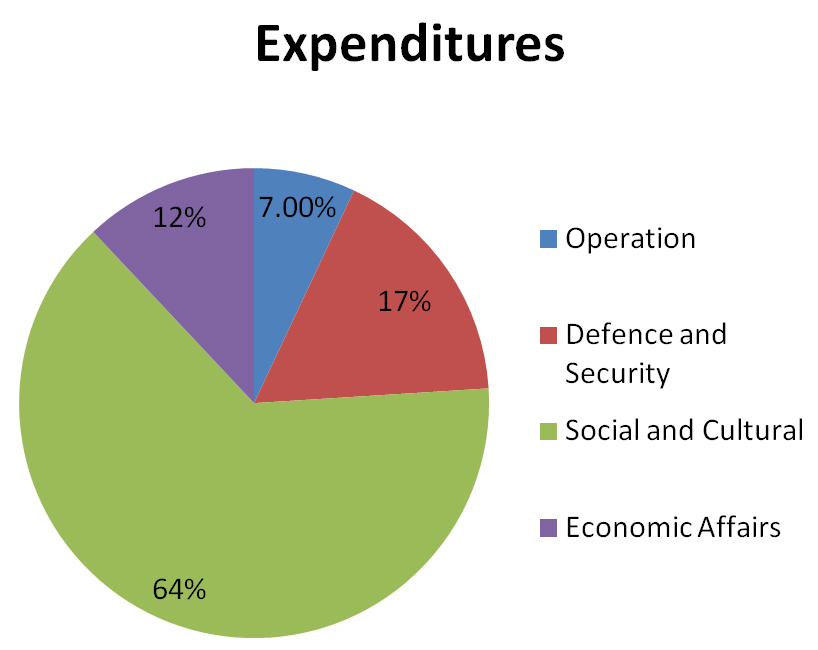It is indicated in the budget bill submitted by the Iranian government to the parliament that next year we may expect a balanced budget. The government revenues would be 2,673 trillion rials, 3.8 percent higher than the last year’s 2,304 trillion rials.
This growth is despite the fact that oil price is expected to decline. There is a high probability that the bearish mood persists in international oil markets over the next fiscal year (starting March 21) after the price of the OPEC basket hit a new five-year low of $66.27 per barrel last week.
Oil market analysts believe that prices are likely to remain around $65 a barrel for the next six or seven months. The forecast, if true, will press the Rouhani administration as it would face a major challenge to achieve its planned oil revenues of 736 trillion rials ($24 billion at official exchange rate).
Taxation
Due to the expected outlook for the oil revenues, the Rouhani administration is expecting to increase tax revenues. The revenue from taxes in the next year’s budget is 874 trillion rials, 30 percent higher than last year’s budget – 671 trillion rials.
Surprisingly, as a very rare incident in the history of modern Iran, the projected revenue from taxes is higher than that from oil.
Thus, we may identify the year 1394 (the next Iranian calendar year) as an exceptional period in which the government appears to be trying to manage its budget by benefiting more from sustainable money resources rather than selling oil or other natural resources.
Expenditures
On the expenditure side, next year’s budget calls for spending 360 trillion rials on defense and security. This amount indicates a 35 percent rise compared to last year’s budget.
Regarding military expenditures, it is beneficial to know that based on the latest reports by the Stockholm International Peace Research Institute (SIPRI), the Iranian government’s defense expenditures (per capita) is significantly less than other countries in the region. For instance, the United Arab Emirates’ per capita defense expenditure stands at $1,100, while it is as low as $120 for Iran.
Last but not least is the state’s planned budget for social and cultural sections.
The government has proposed an amount of 1,350 trillion rials for these areas, 30 percent more than what was proposed in last years’ budget – 1,061 trillion rials.


